Research
Overview of Published Studies
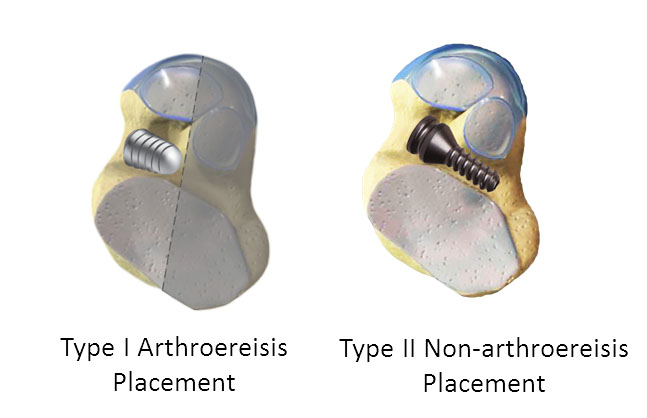
Extra-osseous Talotarsal Stabilization Devices: A New Classification System J Foot & Ankle Surgery – (52) 2012, 613-619.
Sinus tarsi implants are not all the same.
Type II (HyProCure®) is a superior design and function when compared to Type I arthroereisis devices.
Surgeons and patients must understand the differences between the 2 types.
Type II (HyProCure®) has a superior success rate over Type I arthroereisis devices.
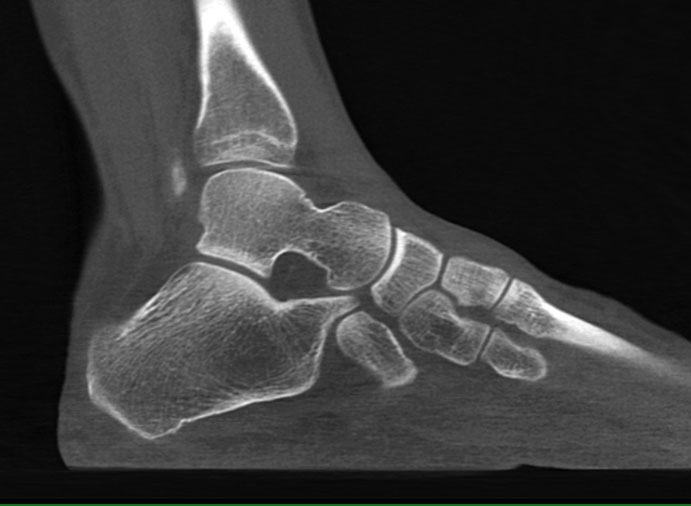
Computed Tomography Review of Tarsal Canal Anatomy with Reference to the Fitting of Sinus Tarsi Implants in the Tarsal Canal. J Foot & Ankle Surgery – 52 (2013) 714 – 716
Anchoring stem of the HyProCure sinus tarsi implant extending into the canalis tarsi is unlikely to bear any weight.
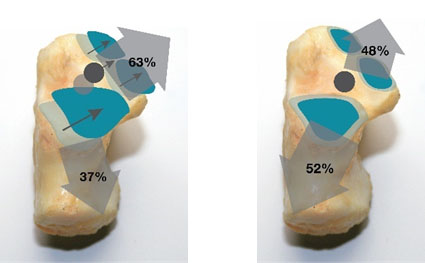
Stabilization of Joint Forces of the Subtalar Complex via HyProCure Sinus Tarsi Stent. J American Podiatric Medical Association 101 (5) 2011 390 – 399
- Subtalar joint instability leads to increased forces acting anteriomedially.
- HyProCure® stabilized the talus on the calcaneus keeping the joints in constant congruent contact.
- Forces acting on the medial column of the foot are reduced with HyProCure®
- Patients who have symptoms to medial column related tissues/structures should be evaluated for subtalar joint instability and HyProCure has been proven to stabilize the joint and normalize joint forces.
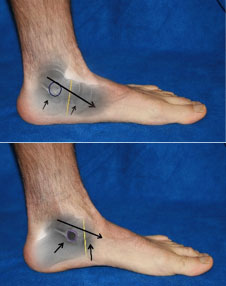
Effect of Extra-osseous Talotarsal Stabilization on Posterior Tibial Tendon Strain in Hyperpronating Feet. J Foot & Ankle Surgery, 50 (2011) 676-681.
- RTTJD leads to increased strain on the posterior tibial tendon and it can be named as an underlying etiologic factor to the development of PTTD.
- HyProCure® is proven to stabilize the talotarsal joint.
- HyProCure® can reduce the pathologic strain on the posterior tibial tendon by 51%.
- Patients who have symptoms associated with their posterior tibial tendon should be evaluated for talotarsal joint displacement and HyProCure® should be considered apart of the treatment solution.
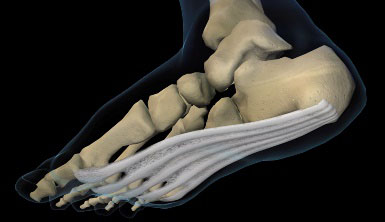
Evaluating Plantar Fascia Strain in Hyperpronating Cadaveric Feet Following an Extra-osseous TaloTarsal Stabilization Procedure. J Foot & Ankle Surgery (50) 2011, 682-686.
- Primary factor to the underlying etiology of plantar fasciopathy is mechanical overloading of the plantar fascia.
- Talotarsal joint displacement directly increases the strain to the medial band of the plantar fascia.
- HyProCure® stabilizes the talotarsal joint and decreases the strain on the plantar fascia by an average of 33%.
- Patients with chronic heel pain must be evaluated for talotarsal joint instability.
- HyProCure® is a proven solution to address the underlying etiology to plantar fasciopathy.
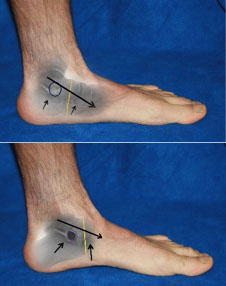
The Effect of HyProCure® on Tarsal Tunnel Compartment Pressures in Hyperpronating Feet. J Foot and Ankle Surgery, (50) 2011, 44-49.
- EOTTS with HyProCure stabilizes the talotarsal joint, decreasing the pressures within both the tarsal tunnel and porta pedis.
- This could help to reduce the symptoms associated with posterior tibial neuropathy and tarsal tunnel syndrome.
- EOTTS with HyProCure® could be performed as a primary intervention or in combination with tarsal tunnel/porta pedis decompression surgery.
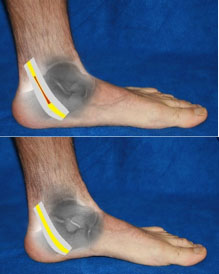
Effect of Extra-osseous Talotarsal Stabilization on Posterior Tibial Nerve Strain in Hyperpronating Feet: A Cadaveric Evaluation. J Foot Ankle Surgery, (50) 2011, 672 – 675.
- RTTJD leads to pathologic increased pressures on the posterior tibial nerve within the tarsal tunnel and porta pedis.
- RTTJD also leads to an elongation and increased strain on the posterior tibial nerve.
- Stabilization of the TTJ with HyProCure® has proven to significantly decrease/normalize both elongation and strain on the nerve.
- EOTTS-HyProCure® offers a proven rational in the treatment of plantar foot neuropathy
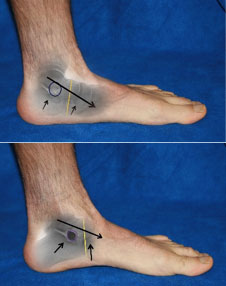
Radiographic Evaluation of Navicular Position in the Sagittal Plane – Correction Following an Extra-osseous TaloTarsal Stabilization Procedure. J Foot and Ankle Surgery, (50) 2011, 551-557.
- HyProCure® was effective in reducing navicular sag by 26%.
- This is very significant as there is not a single case study showing a similar or greater finding with the use of an arch support (over-the-counter or custom made).
- This data plays a critical role in the treatment of medial column instability and shows that HyProCure® is an excellent option in the treatment of arch instability, when indicated.

Surgical Treatment of Hyperpronation Using an Extra-osseous Talotarsal Stabilization Device: Radiographic Outcomes in Adult Patients. J Foot and Ankle Surgery, (51) 2012, 548-555.
- Transverse and sagittal plane normalization with HyProCure® as a stand alone procedure is proven via weightbearing radiographic evidence in adult patients.
- Average and maximum guidelines on the amount of expected correction is provided.
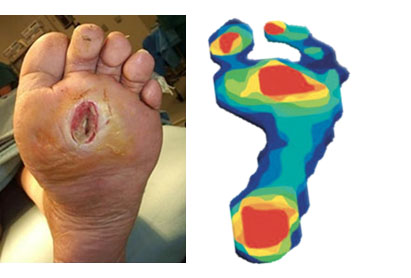
Plantar Pressure Distribution in a Hyperpronated Foot before and after Intervention with an Extraosseous Talotarsal Stabilization Device – A Retrospective Study. J Foot Ankle Surgery – 52 (2013) 432-443.
- There is a direct link between RTTJD and pathology plantar foot forces.
- EOTTS-HyProCure® has been proven to normalize pathologic plantar foot forces
- Patients with plantar skin pathology should be evaluate for RTTJD and HyProCure should be considered a part of the treatment solution.
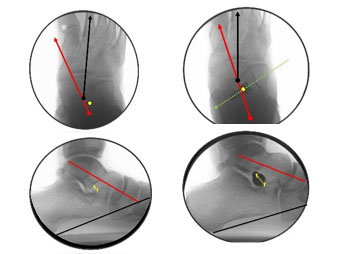
Extra-osseous TaloTarsal Stabilization using HyProCure® in Adults: A 5 year Retrospective follow up. J Foot & Ankle Surgery (51) 2012, 23-29.
- HyProCure® has been proven to have the highest success rate over any other EOTTS device.
- HyProCure® has the lowest removal rate over any EOTTS device (6% compared to 38% to 100% of arthroereisis devices).
- Even though there were removals and/or revisions there were no long-term complications.
- Not a single patient/foot developed chronic pain post-HyProCure® removal.
- Patients who required a revision went on to a successful outcome.
- HyProCure® is a safe and effective option for adult patients with recurrently talotarsal dislocation, when indicated.
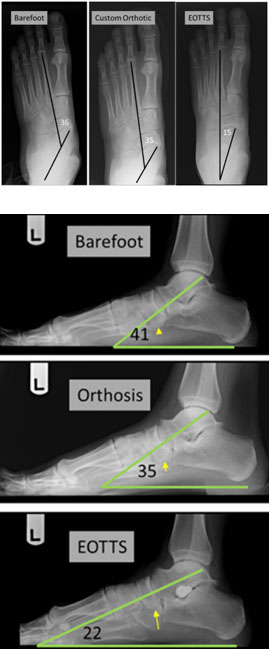
Analysis of Radiographic Outcomes Comparing Foot Orthosis to Extra-osseous Talotarsal Stabilization in the Treatment of Recurrent Talotarsal Joint Dislocation. J Minimally Invasive Orthopedics – January 2015
- EOTTS-HyProCure® is a very effective form of treatment to realign and stabilize RTTJD.
- Orthosis are ineffective in the realignment and stabilization of RTTJD
- EOTTS is a superior option over an arch supports/orthosis in realigning and stabilizing the TTJ.
